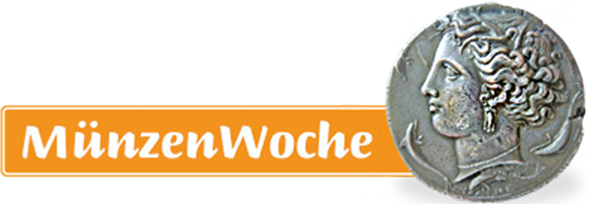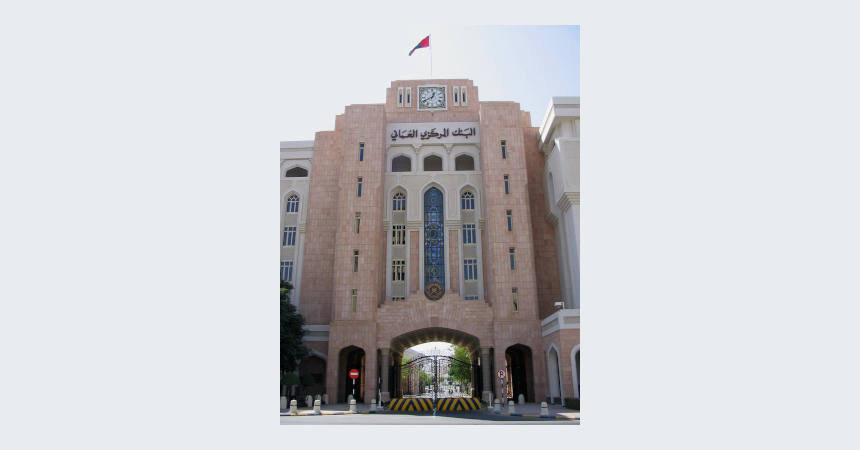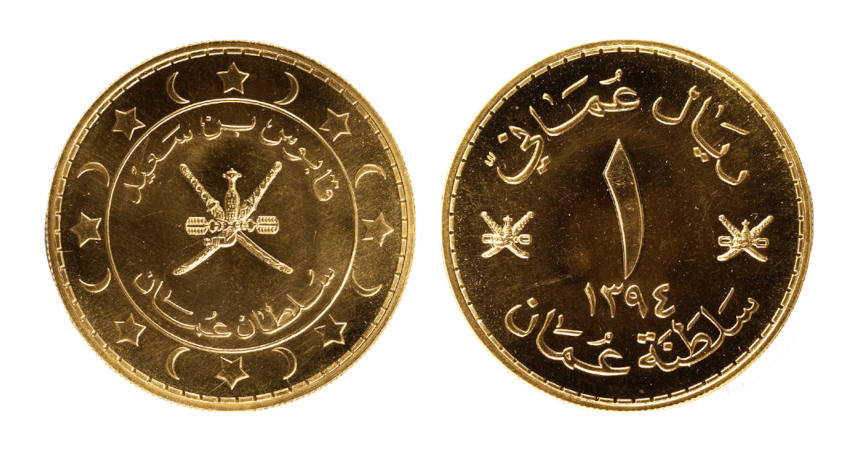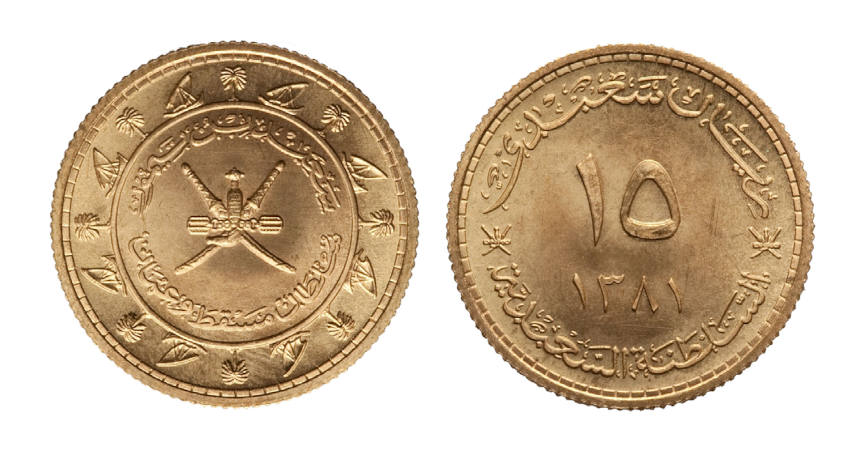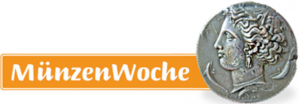Central Bank of Oman Currency Museum
Wenn es kein Logo gibt, wird diese Spalte einfach leer gelassen. Das Bild oben bitte löschen.
(Dieser Text wird nicht dargestellt.)
Markaz Mutrah Al Tijari Street
Ruwi, Muscat
Sultanate of Oman
The new Currency Museum of the Central Bank of Oman illustrates the history of Oman’s coinage in both the pre-Islam and Islamic periods, in addition to the money that circulated before the saidi rial—the nation’s first national currency in 1970.
History of Minting Currency in Oman The Museum contains over 500 coins and 100 banknotes, forming a variety of historical numismatic specimens such as the first Islamic silver dirhams, which are similar to the Sasanian drachma, in addition to Byzantine coins, Islamic gold dinars, and copper fils. Visitors can also see Chinese coins and Indian rupees adorning the walls of the Museum.
The Earliest Islamic Mint
History tells that the earliest Islamic mint in the Arabian Peninsula was in Oman and the oldest coin known in Arabia was minted in Oman. This coin, a silver dirham minted in 81 AH (700 AD) during the reign of the Ummayad Caliph ‘Abd Malik bin Marwan, bears the name of Oman. Only two examples are known; one is in the Central Bank’s collection, presented by Sultan Qaboos bin Said, and is on display in the middle of the hall.
The Museum also contains examples of colonial coins and banknotes in circulation in Oman between 1901 and 1970—a time of extensive commercial and economic relations with the outside world. During that period, transactions used Maria Theresa thalers and other foreign currencies.
Banknotes of the Indian Empire
The collection of banknotes on display are banknotes of the Indian Empire which were in circulation in the Sultanate of Muscat and Oman between 1927 and 1948, banknotes of the Republic of India from between 1949 and 1957, and banknotes of the Sultanate of Zanzibar and Pemba. These include the 20-rupees banknote issued in January 1908, as well as 5-, 10-, 50-, and 100-rupees banknotes issued between 1916 and 1920.
Also included are banknotes of both the Reserve Bank of India and the Government of India which were issued for circulation in the Arabian Gulf states after the foreign monetary restrictions were introduced in the Republic of India in 1957.
Muscat Monetary Authority Banknotes
Examples of the five issues of Omani paper currency are on display. The first issue of Muscat Monetary Authority of May 7, 1970 included six denominations from 100 baisas to 10 saidi rials. The second banknote issue of November 18, 1972 changed the denomination to the Omani rial. The third issue on April 1, 1975 was the first under the Central Bank of Oman, which also issued the later fourth and fifth (1982) series.
Commemorative Coins
Also on display are gold, silver, and bronze commemorative coins issued during the reign of Sultan Qaboos bin Said for achievements of Omani civilization as well as national and international anniversaries and events.
For visitors who wish to know the history of the currencies exhibited in the galleries of the Museum, every display room in the Museum has a panel with buttons and a screen. Pressing the appropriate buttons, visitors can bring up an image of the desired specimen to be viewed on the screen along with details of its history. There is also an exhibition hall which screens films about the history of Omani currency and the operations of the Central Bank of Oman.
This text was written by Howard M. Berlin and first published in his book Numismatourist in 2014.
You can order his numismatic guidebook at Amazon.
Howard M. Berlin has his own website.





